
Sigma lenses have long been impressing me, since the 35mm film days of my youth. Everything shifted up a gear in 2012, with the advent of the company’s ‘Global Vision’ line-up of Art, Contemporary and Sports lenses. The new 50mm F1.2 prime is definitely of the Art variety, designed to maximize creative expression. It takes on all-comers in a bid to be one of the best lenses for Sony cameras and the best lenses for L-mount cameras on the market.
There’s actually no shortage of Sigma 50mm lenses available in E-mount and L-mount. I’ve already been won over by the slightly slower Sigma 50mm F1.4 DG DN Art and the relatively small, fun-sized Sigma 50mm F2 DG DN Contemporary primes. In the E-mount camp, the fully fast f/1.2 lens goes head-to-head with the Sony FE 50mm F1.2 G Master. Key benefits of the fast aperture include the availability of a really tight depth of field, and the ability to maintain fast shutter speeds for freezing motion, under very low lighting conditions.
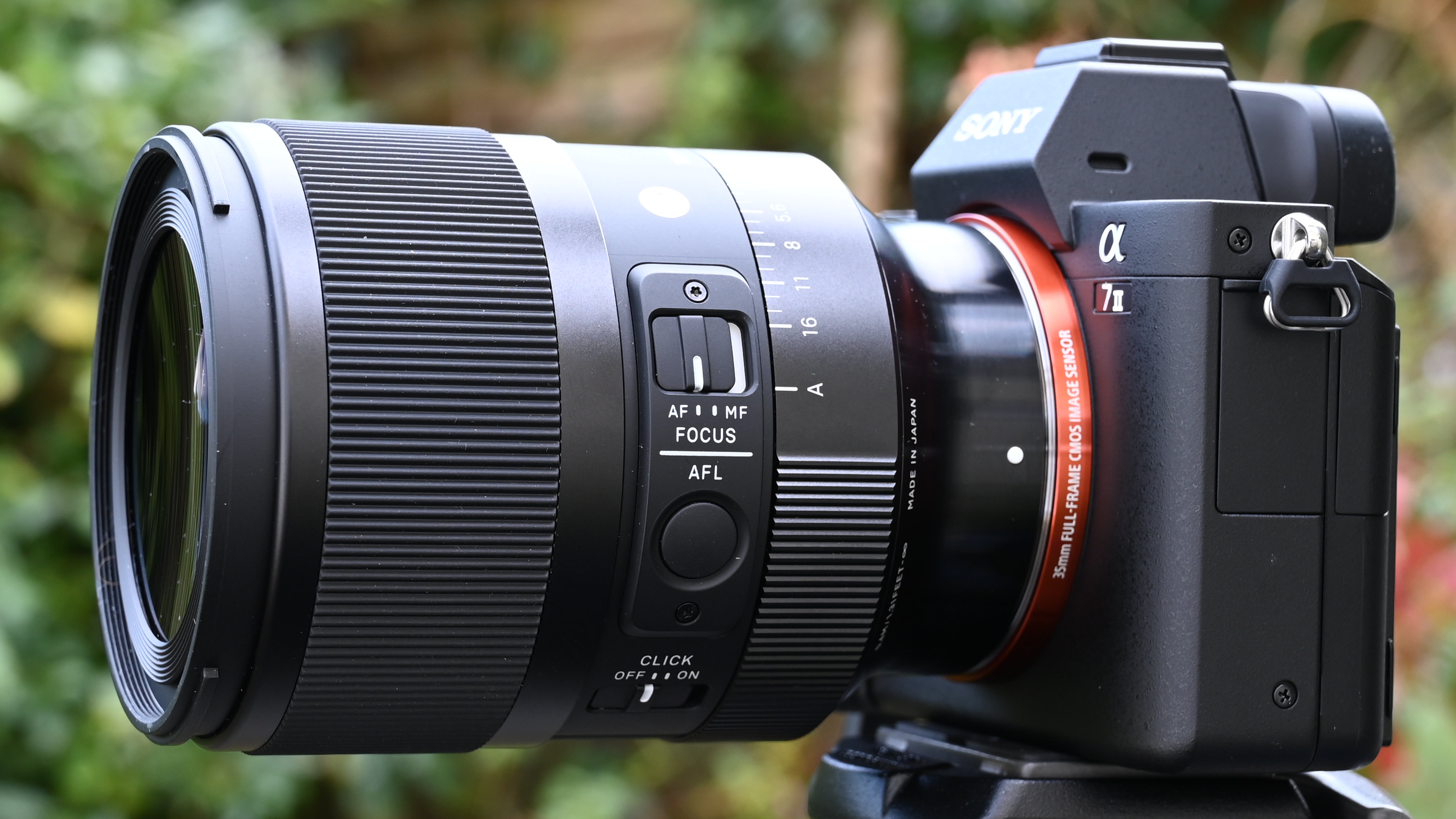
Sigma 50mm F1.2 DG DN Art: Specifications
Sigma 50mm F1.2 DG DN Art: Price & Availability
You don’t get something for nothing. Launched in 2024, the Sigma 50mm F1.2 DG DN Art certainly isn’t a cheap lens, priced at £1,299/$1,399. Faster apertures generally come at a price and, for the sake of comparison, the Sigma 50mm F1.4 DG DN Art costs around £869/$849 and the much smaller Sigma 50mm F2 DG DN Contemporary is about £639/$639. To put this f/1.2 lens into more specific context, however, ‘own-brand’ optics tend to be much more expensive, including the Sony FE 50mm F1.2 G Master (£2,099/$1,998), Canon RF 50mm F1.2L USM (£2,449/$2,299) and Nikon Z 50mm f/1.2 S (£2,299/$2,097). Set against these 50mm f/1.2 lenses, the Sigma looks a bit of a bargain.
Sigma 50mm F1.2 DG DN Art: Design & Handling
Naturally, it’s mostly about the glass when it comes to any great lens. The 50mm F1.2 is based on no less than 17 elements, which include four high-precision aspherical elements and glass with a high refractive index. The overall aim is to keep the size and weight to a minimum (it claims to be the world’s lightest 50mm f/1.2 lens), while maximizing sharpness and clarity and minimizing unwanted aberrations. Axial chromatic aberration can be problematic in ‘fast’ lenses, which causes color fringing just in front of and behind the plane of focus, but the design seeks to combat this as far as possible.
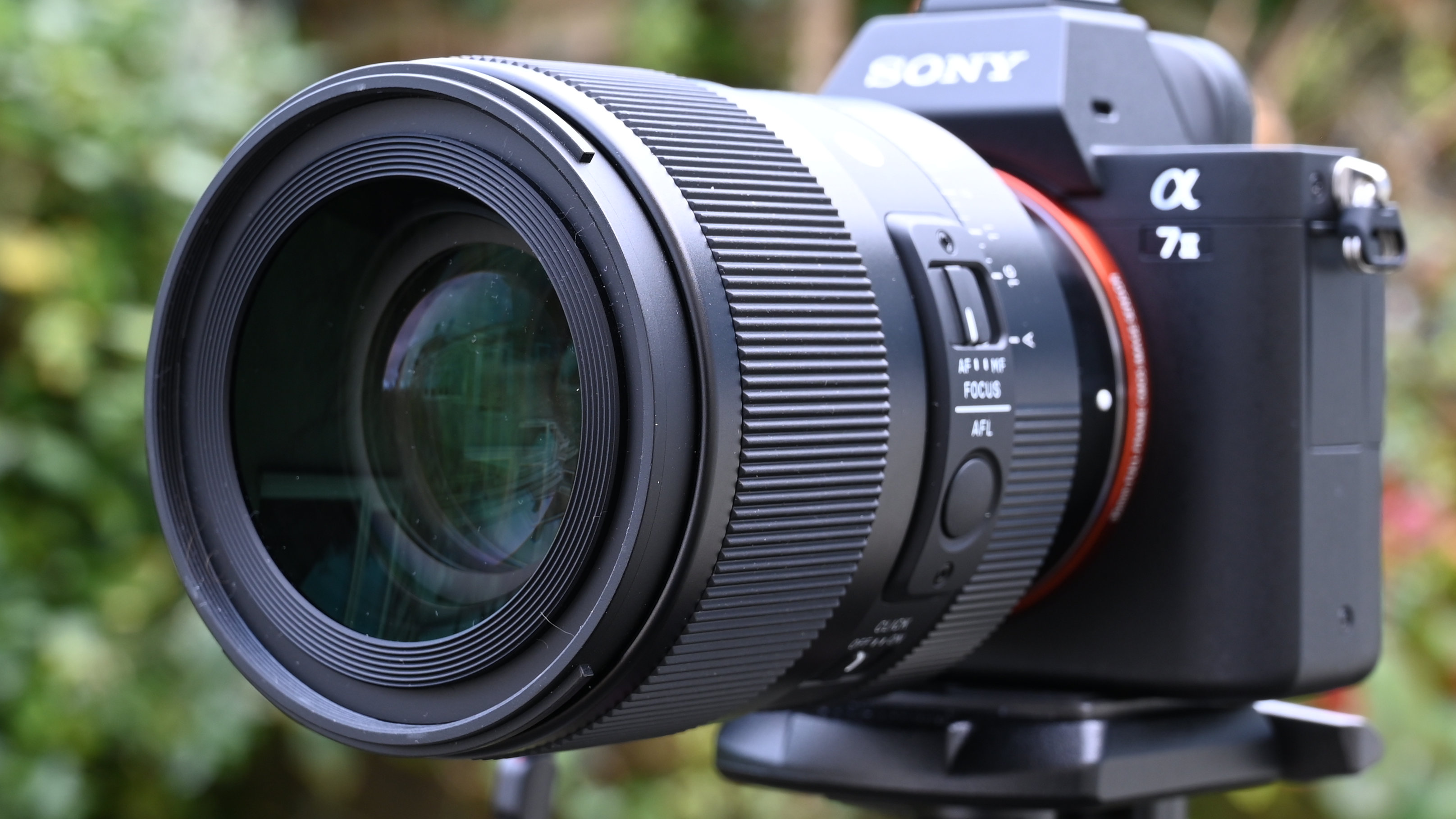
Of course, image quality is more than just about sharpness, especially when it comes to fast-aperture lenses that enable a tight depth of field. Again, the lens is designed to optimize the quality of bokeh and to give a natural roll-off between focused and defocused areas. The aperture diaphragm is particularly well-rounded, based on 13 blades, to enhance the quality of bokeh when stopping down from the widest setting of f/1.2.
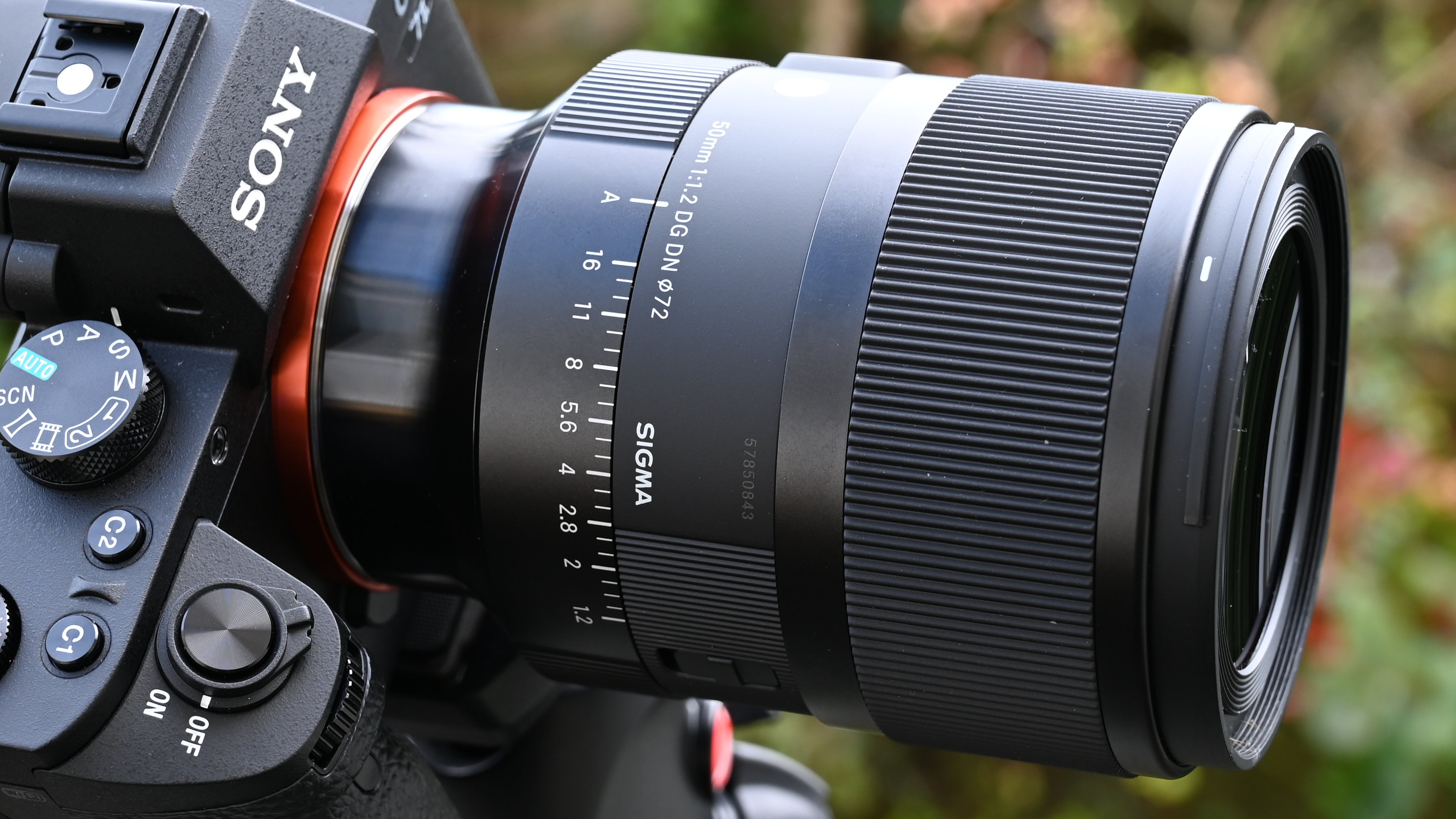
With a really tight depth of field, it’s imperative that autofocus performance is consistently accurate. The lens features dual HLA (High-response Linear Actuator) motors to drive two groups of lens elements, aiming for an impressive turn of speed along with reliable accuracy at all focus distances. Focus breathing is also minimized for shooting video.
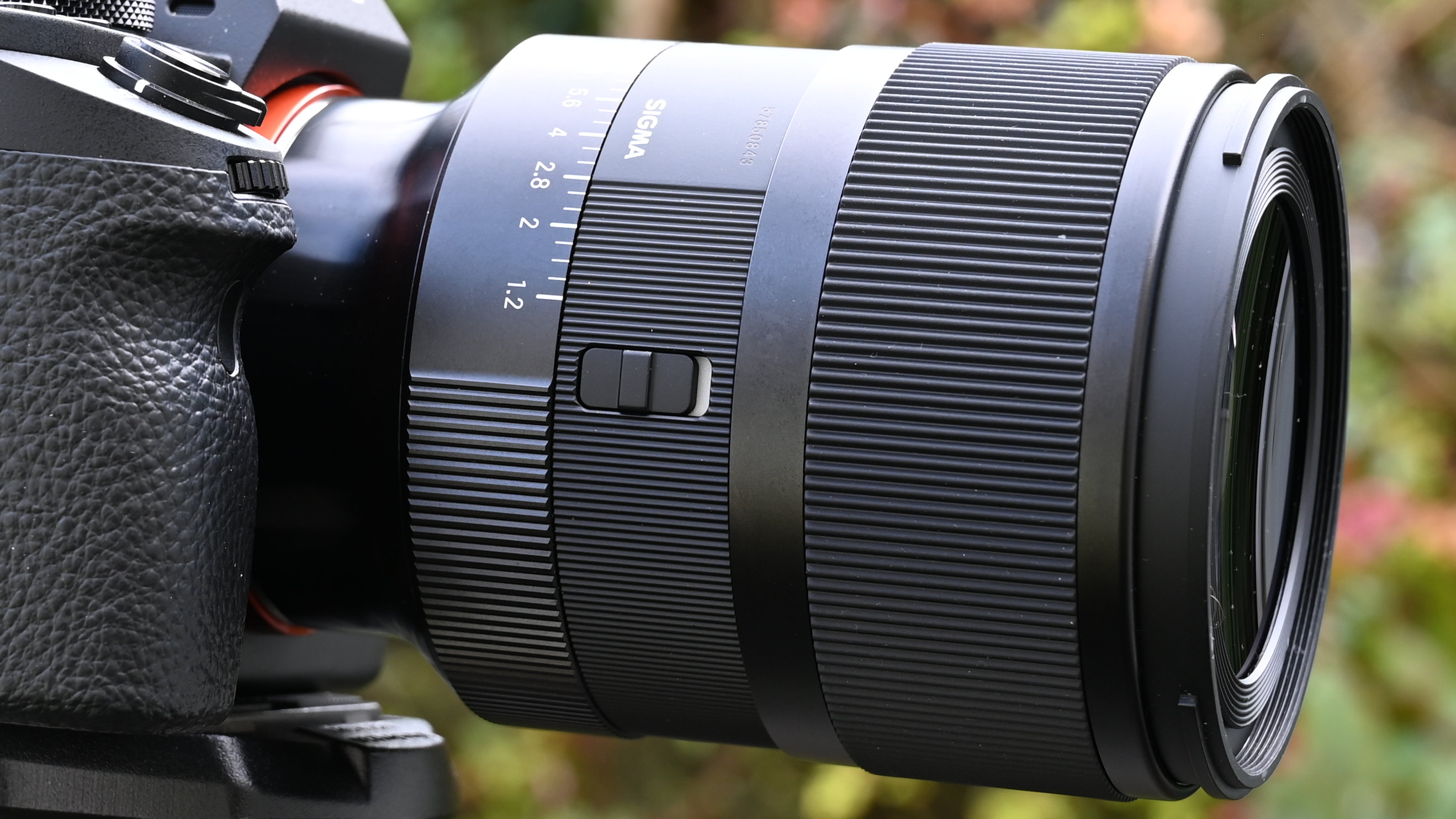
Handling benefits from the inclusion of an aperture control ring, and I like that it comes complete with a click/de-click switch, suitable for stills and video respectively. I also like that the AF-hold button can be customized via in-camera menus to take on alternative functions. Getting back to weight, I feel that heavy lenses can seem a bit of a mismatch for svelte mirrorless camera bodies. Weighing in at 745g, the Sigma compares favorably with Canon and Nikon mirrorless 50mm f/1.2 lenses, which weigh around a kilogram each, and it’s 43g lighter than the directly competing Sony lens.
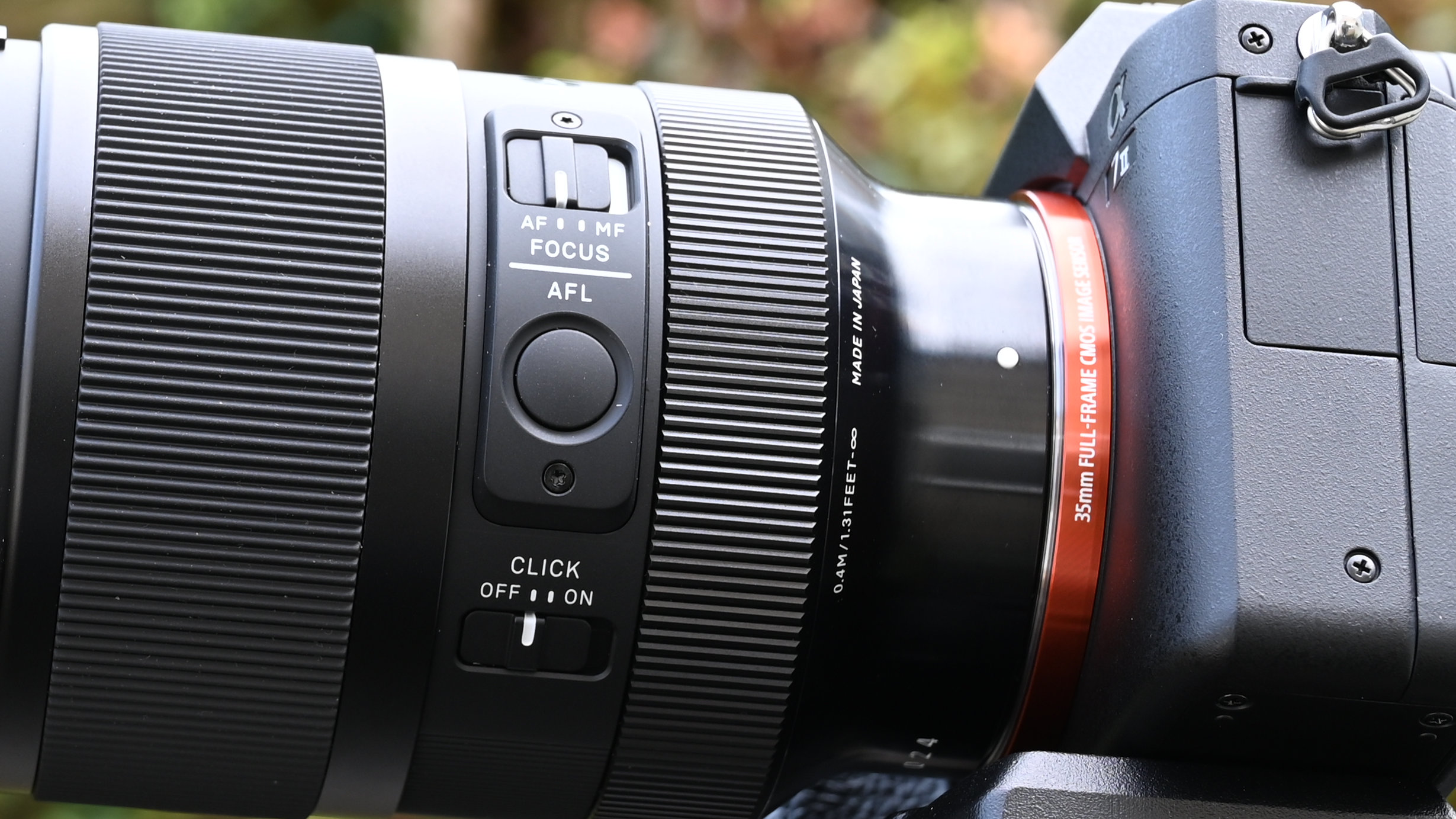
When it comes to build quality, the lens feels solid and robust. Typical of Sigma lenses, it features a brass mounting plate and various TSC (Thermally Stable Composite) parts, with the same thermal expansion coefficient as metal components. The construction features extensive weather-seals and a fluorine coating on the front element, to repel moisture and greasy fingermarks.

Sigma 50mm F1.2 DG DN Art: Photo Performance
I’ve used fast f/1.4 and f/1.2 lenses many times in the past and, while I love the tight depth of field, I’ve often found that sharpness and ‘bight’ are sadly lacking at the widest available apertures. Testing the Sigma 50mm F1.2 with Sony A7 II and Sony A7R III cameras, I found the it to be exceptional in maintaining supreme sharpness when shooting wide-open, not just at the center of the image frame but right out to the edges and corners. It’s a close match to the Sony FE 50mm F1.2 lens in this respect, and edges ahead of the Canon RF 50mm F1.2 and Nikon 50mm F1.2.

Bokeh is exceptionally smooth and dreamy and the 13-blade aperture lives up to my expectations of maintaining nicely rounded bokeh disks when stopping down a little. I’m also impressed with the lens’s ability to combat ghosting and flare. The dual HLA autofocus system proved fast and unerringly accurate throughout my testing.
Both lateral and axial chromatic aberrations are very negligible and the Sigma exhibits merely minor pincushion distortion, a little less than with the Sony FE 50mm F1.2 lens. Overall, image quality and all-round performance are utterly superb.

Sigma 50mm F1.2 DG DN Art: Sample Images
The example shots in this gallery were taken at ‘The Newt’ in Somerset, UK.
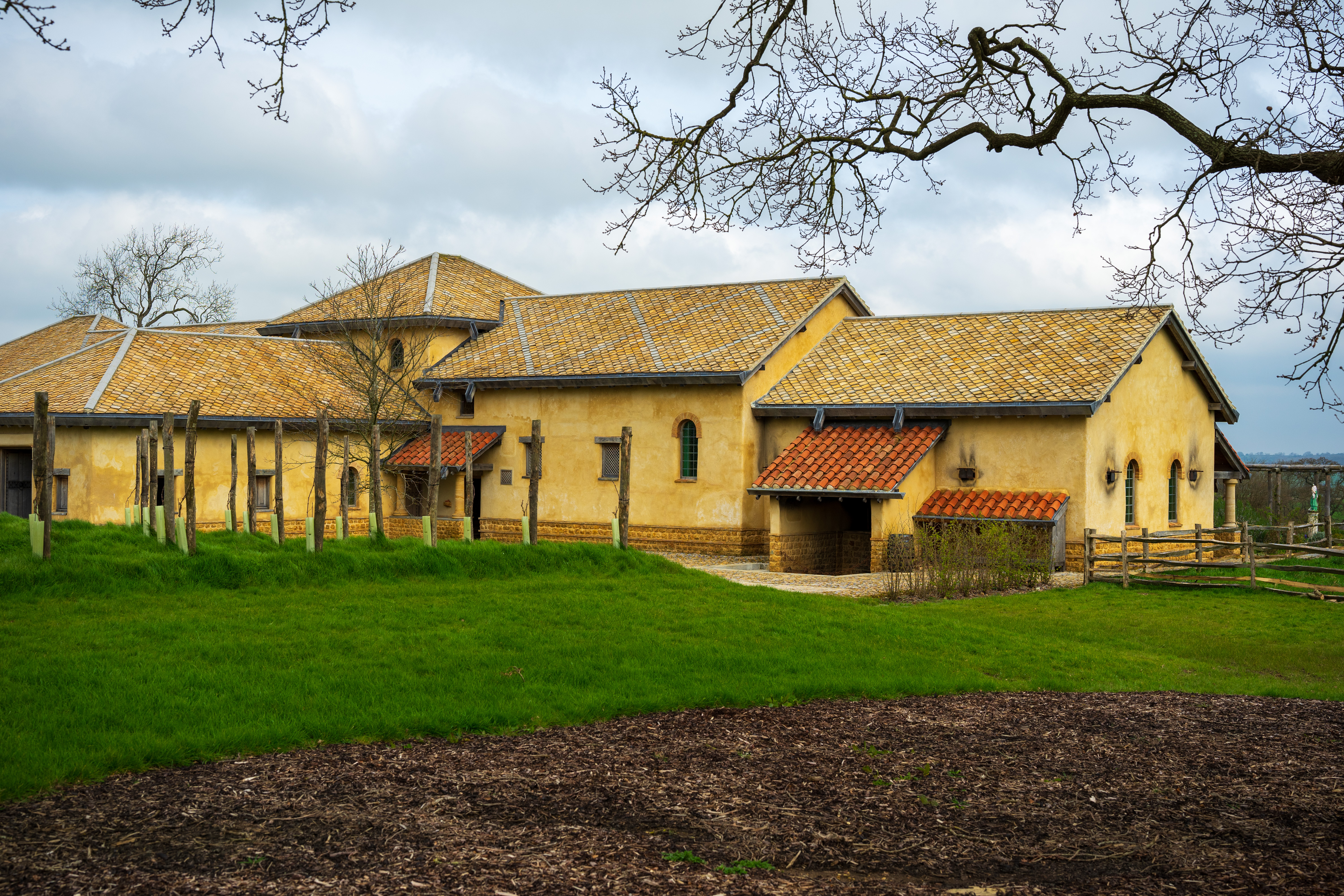
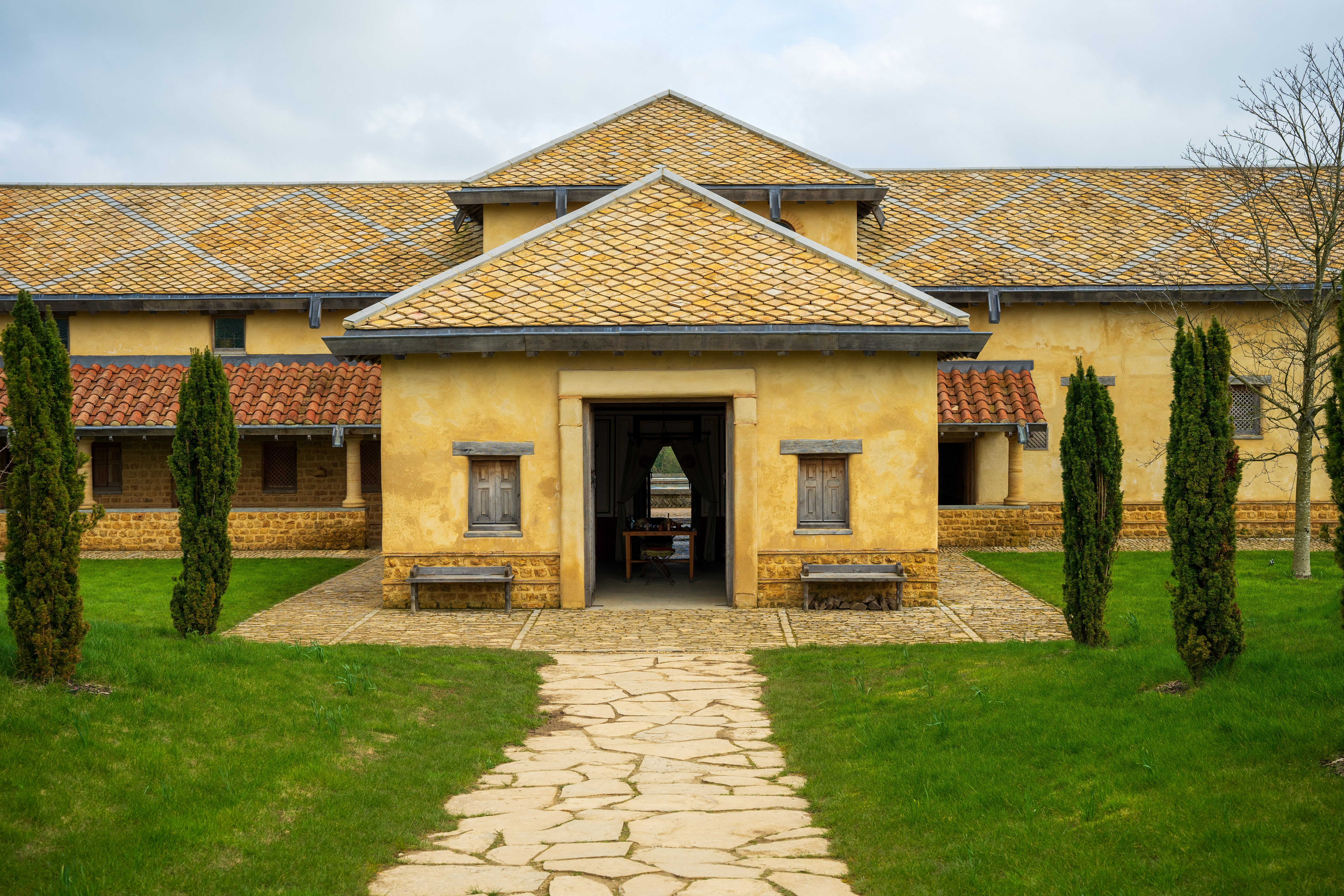
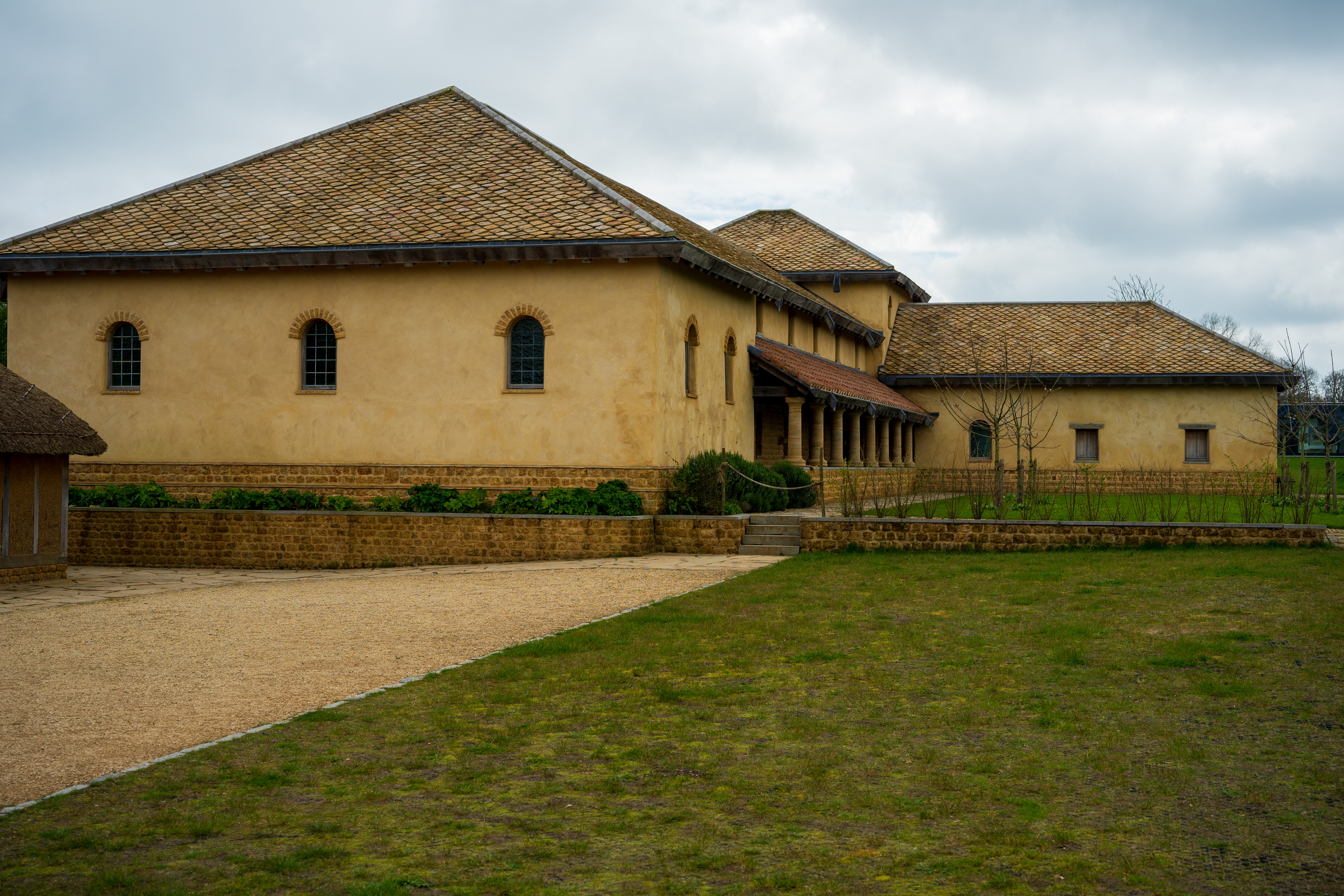
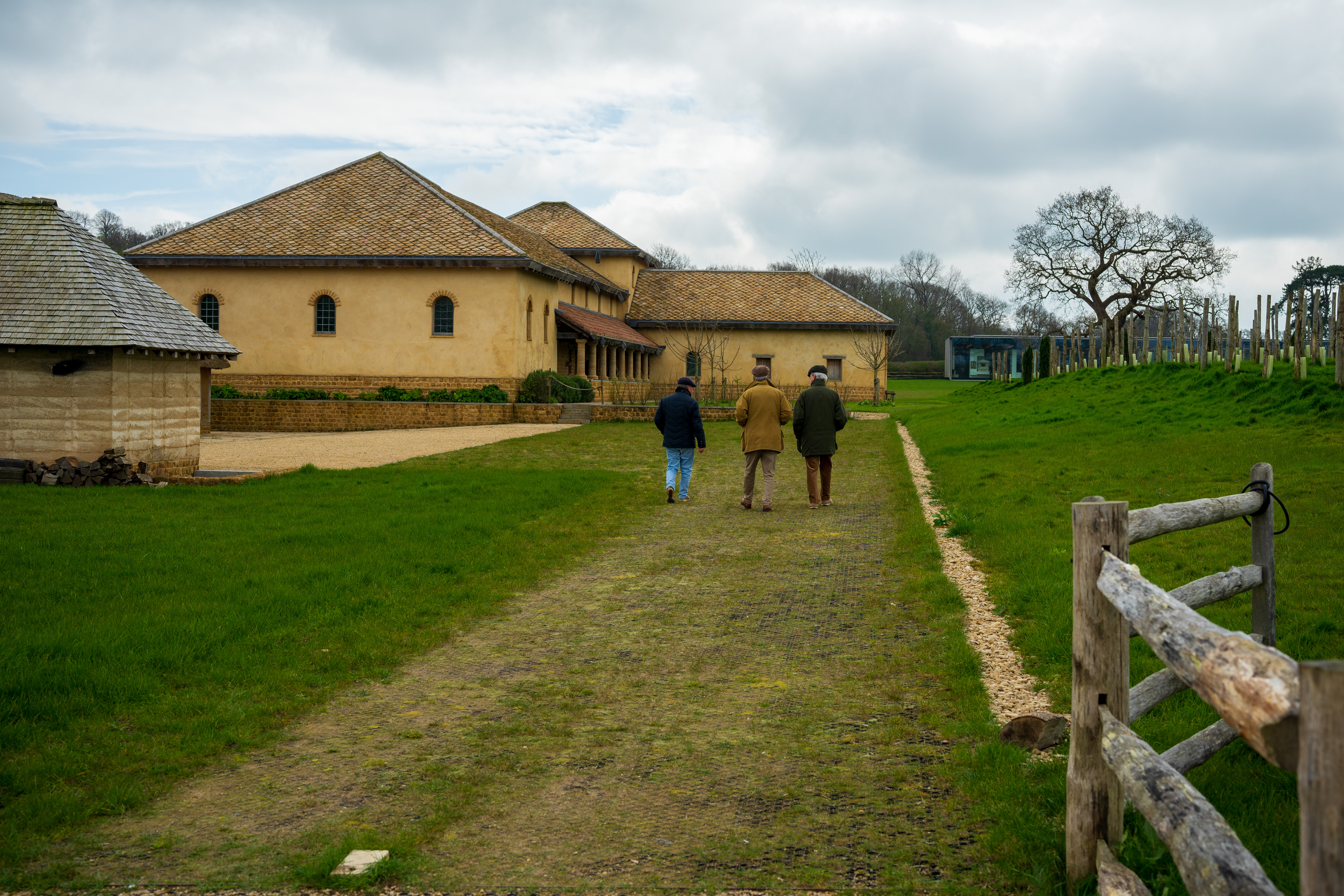





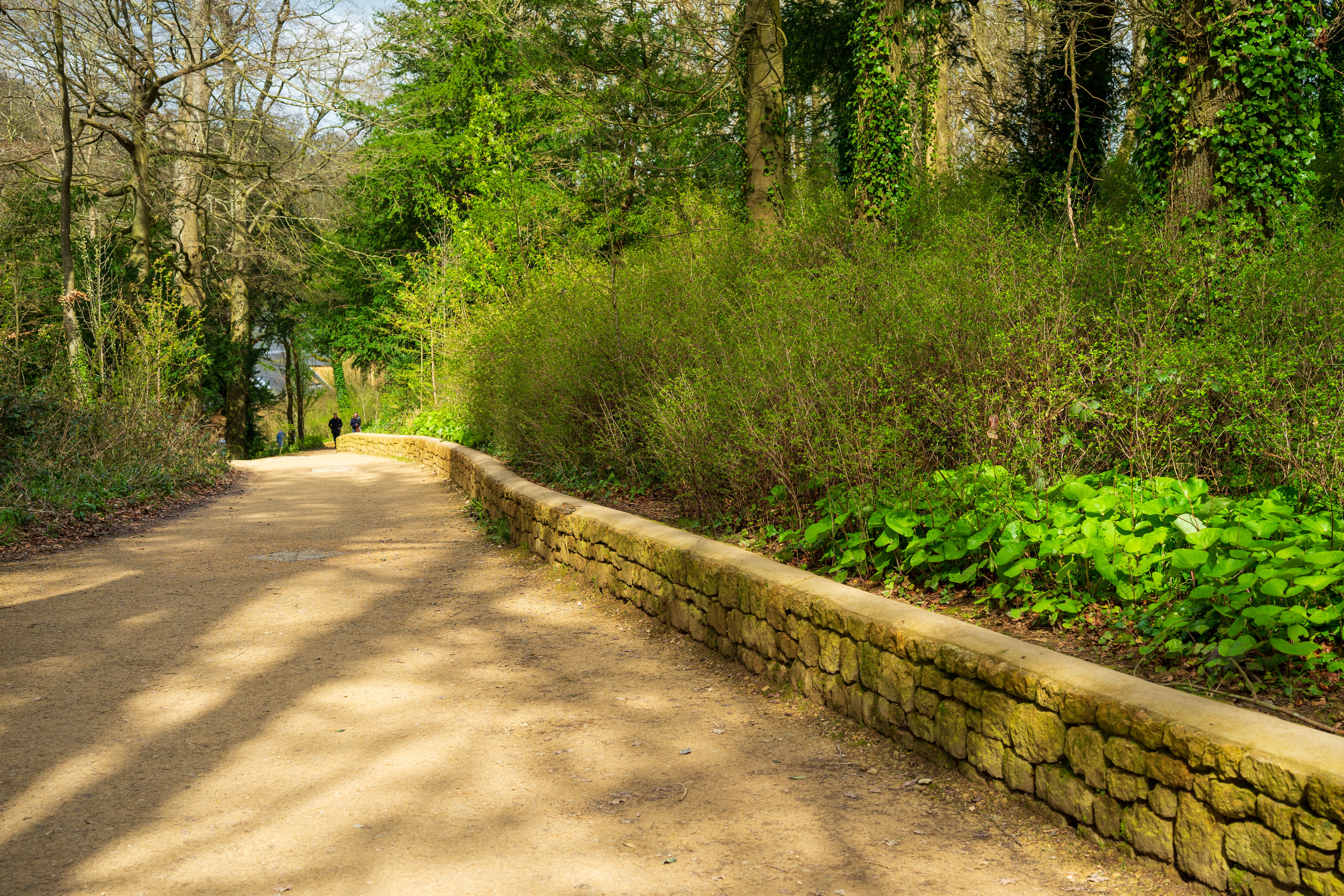
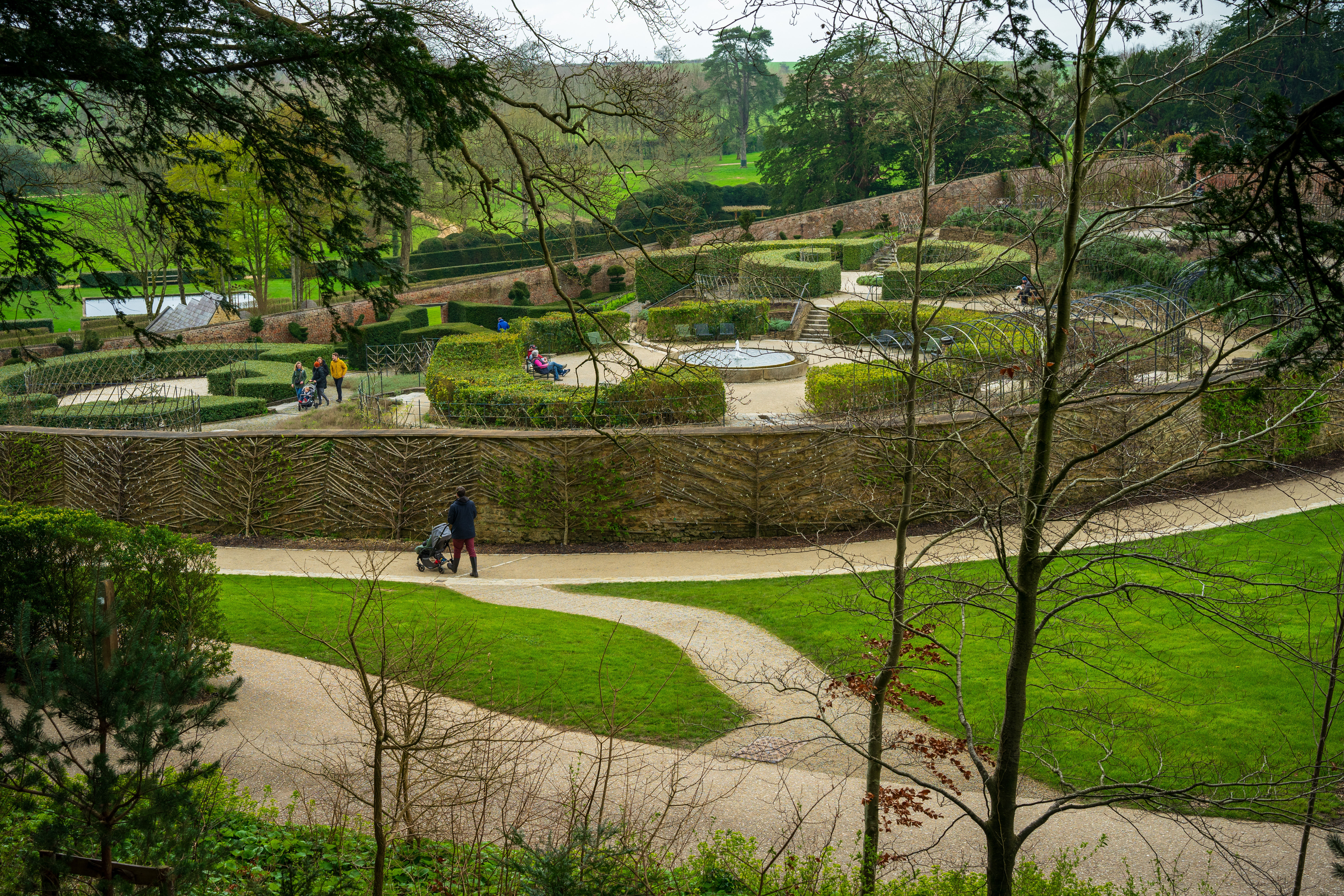

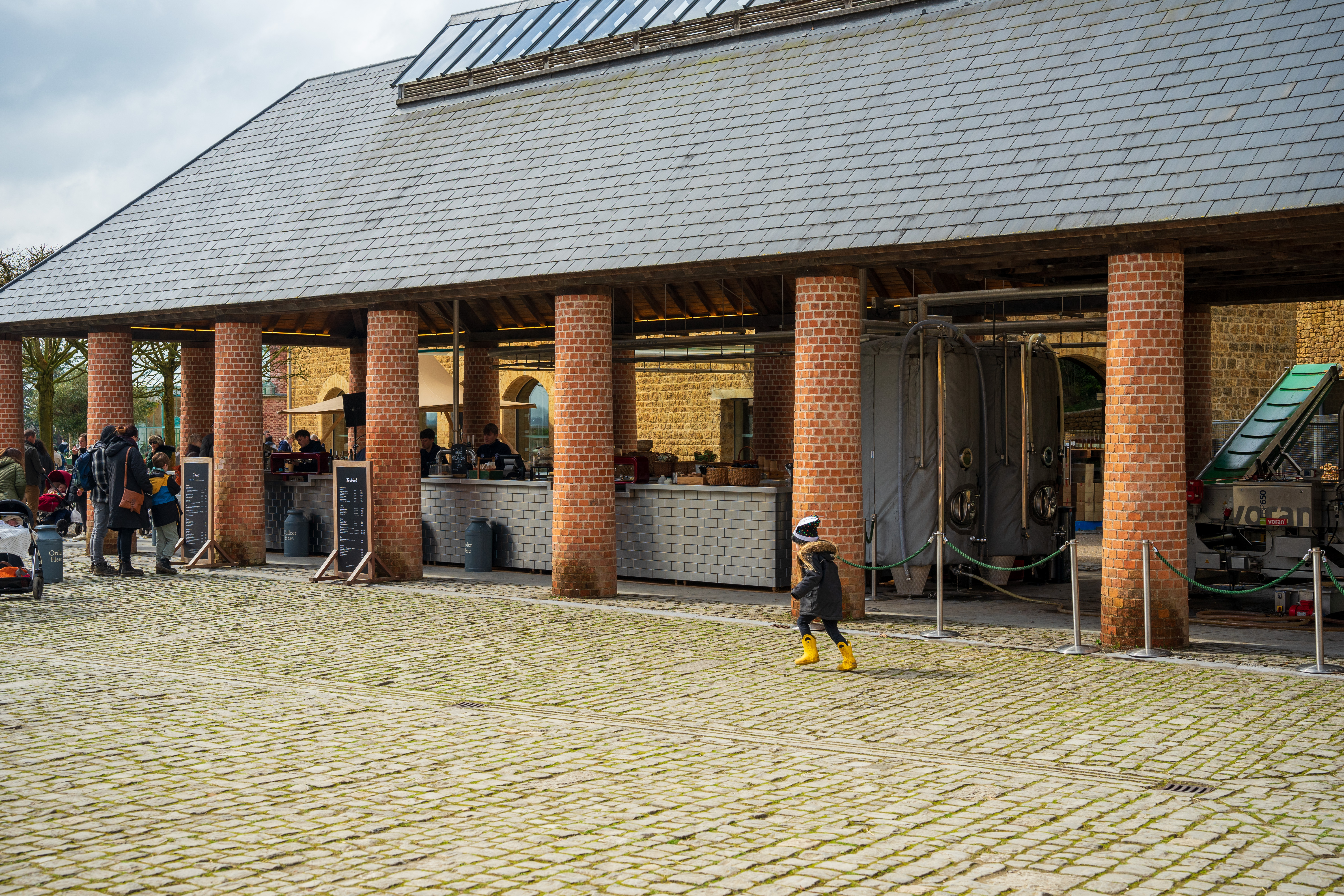


Sigma 50mm F1.2 DG DN Art: Lab Results
We run a range of lab tests under controlled conditions, using the Imatest Master testing suite. Photos of test charts are taken across the range of apertures and zooms (where available), then analyzed for sharpness, distortion and chromatic aberrations.
We use Imatest SFR (spatial frequency response) charts and analysis software to plot lens resolution at the center of the image frame, corners and mid-point distances, across the range of aperture settings and, with zoom lenses, at four different focal lengths. The tests also measure distortion and color fringing (chromatic aberration).
Sharpness:

Levels of sharpness across the entire image frame are exceptional when shooting wide-open at f/1.2 and get even better at narrower apertures between f/2 and f/8.
Fringing:

Both axial and lateral chromatic aberrations are extremely minimal. Automatic in-camera correction is available for the latter, although it’s not needed.
Distortion: 0.94
There’s a slight touch of pincushion distortion but the Sigma fares a little better in this respect than the directly competing Sony FE 50mm F1.2 G Master lens.
Sigma 50mm F1.2 DG DN Art: Verdict
I’ve seen some outstanding Sigma lenses over the years and this is definitely one of the very best. It ticks all the right boxes for sharpness, clarity and dreamy bokeh, along with excellent suppression of unwanted aberrations. The superb image quality is backed up by excellent handling characteristics and fast, reliable autofocus performance, all wrapped up in a tough, weather-resistant construction. It’s a dream lens.

Should you buy the Sigma 50mm F1.2 DG DN Art?
✅ Buy this...
- Superlative image quality
- Excellent handling characteristics
- Fast f/1.2 aperture
🚫 Don't buy this...
- Only for E and L mount cameras
- Heavier than a smaller-aperture lens
- You don’t feel the need for f/1.2







